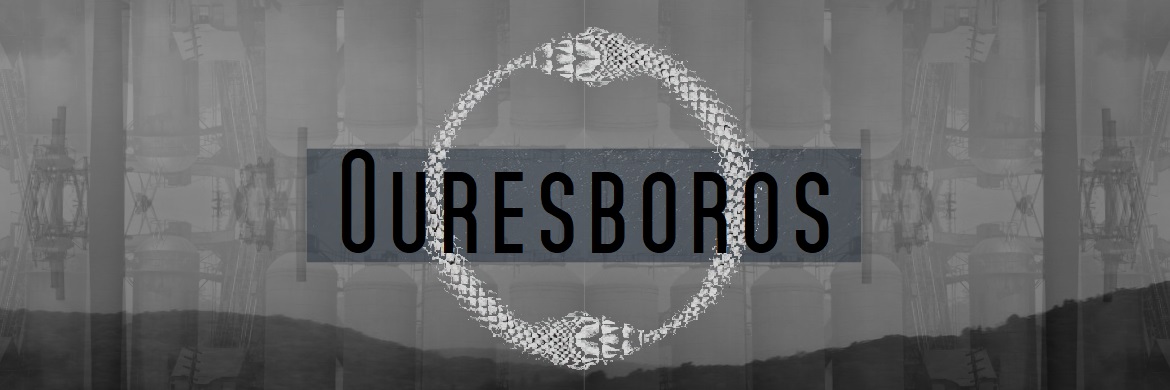Corhainism
Structure
Corhainans like most Rational Faiths, do not have a centralized structure. Instead like-minded faithful gather themselves freely in local congregations.
Each congregation does usually have a specific person, who presides it. This persons title is 'The Speaker". The title is given their either the eldest or the most knowledgeable on Corhainan's works. The Speaker can choose to present their own parables within the framework of the 5 Steps, or they can call forth congregation members that share more personal stories or challenges they are currently facing.
Larger congregations can sometimes have people who handle more administrative or logistical tasks, but they never really get a specific title.
Because Corhainism has a more decentralized structure, all positions are on a voluntary basis. Some congregations do hold collections, but this is frowned upon in the wider community. The last step very specifically focusses on the obligation on the of sharing or teaching all collected knowledge openly and freely.
Each congregation does usually have a specific person, who presides it. This persons title is 'The Speaker". The title is given their either the eldest or the most knowledgeable on Corhainan's works. The Speaker can choose to present their own parables within the framework of the 5 Steps, or they can call forth congregation members that share more personal stories or challenges they are currently facing.
Larger congregations can sometimes have people who handle more administrative or logistical tasks, but they never really get a specific title.
Because Corhainism has a more decentralized structure, all positions are on a voluntary basis. Some congregations do hold collections, but this is frowned upon in the wider community. The last step very specifically focusses on the obligation on the of sharing or teaching all collected knowledge openly and freely.
History
Corhainism is bases on the works of the 2nd century philosopher Corhainan and his 5 Step Principle.
Tenets of Faith
Corhainism states that all things in life will follow 5 sequential steps. The steps are compared to the general movement of the sun.
Dawn, Rising, Zenith, Setting and Dusk. There is a sixth step, namely Dark or Night. However this step is seen as equally important on its own, compared to the other 5 together. With some speakers even solely focussing in that specific step. Dark/ Night both represents the point before and the point after life.
Dawn; represents the beginning of the day, birth and inspiration or the formulation of a hypothesis.
Rising: represents the passing of the first half of the day, growing up and reasoning, contemplation or testing
Zenith: represents midday, reaching adulthood and the creation of a concept or the formulation of a theory
Setting: represent the passing of the last half of the day, growing older, allowing your ideas, theories or concepts to be challenged.
Dusk: the time before nightfall, old age and the passing on of knowledge to younger generations
Night represent more emotional driven aspects, such as longing, despair, fear, remembrance and so on. Night stands both for the loss of life and the possibility of it. Both forgetfulness and inspiration.

Type
Religious, Organised Religion
Demonym
Corhainans, Corhains
What is a Rational Religion?
Rational religions can differ a lot when it comes to the details. However each of them do have specific elements in common
Rational religions can differ a lot when it comes to the details. However each of them do have specific elements in common
- Deification of a historical individual
- Viewing relevant texts as philosophy, never as divine scripture
- Encouragement of discussion and rejection of dogma



Comments